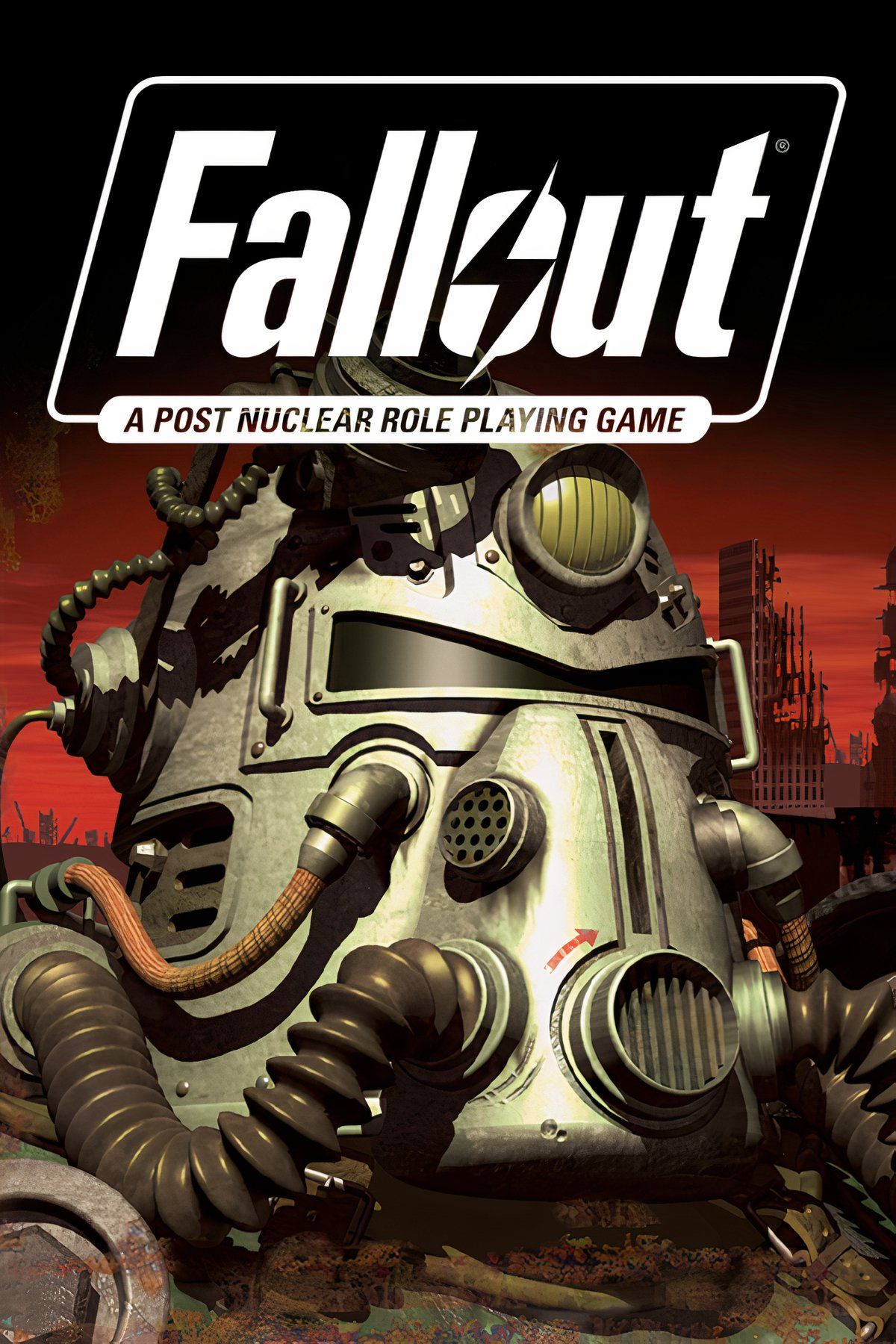The Fallout franchise is more popular and well-known than ever before thanks to the financial success and widespread acclaim of Amazon’s Fallout show. In response to the show’s popularity, many Fallout players new and old have gone back to play some of the most celebrated Fallout games, such as Fallout 3, Fallout: New Vegas, Fallout 4, and Fallout 76. However, there’s one game that hasn’t received as much attention as its first-person, Bethesda-published counterparts: Fallout 1. Released in 1997 by Interplay Productions, Fallout 1 is often skipped today by many thanks to its near 28-year-old graphics and rudimentary RPG gameplay. However, players today can still benefit from playing Fallout 1 for its influential lore and historical significance in the gaming world.

Related
Fallout 5 Could Use its Own Sunset Sarsaparilla
The presence of Sunset Sarsaparilla in Fallout: New Vegas gave the game a distinct charm, and Fallout 5 should replicate this with something similar.
Fallout 1’s Influential and Memorable Lore
The entire Fallout franchise can trace its roots back to the dialogue-driven, turn-based third-person gameplay of Fallout 1. While it’s no longer the earliest game or event depicted in the franchise, Fallout 1’s story had an immense impact on the post-apocalyptic United States that can still be felt today. Set in the year 2161, Fallout 1 has players embody the Vault Dweller, an inhabitant of Vault-Tec’s Vault 13, as they’re sent out to save their Vault from catastrophe after its water purification chip is damaged. From this objective, the Vault Dweller goes on to encounter the varied people, societies, and monsters that inhabit the wasteland 84 years after the world was destroyed by a nuclear war.
While Fallout 1 is an RPG and does allow players to customize characters and make their own decisions in pivotal events and simple conversations, there are canon endings to most plotlines that reverberate throughout the game into Fallout 2 and beyond. One of the most important events to happen in Fallout 1 is the rescue of Tandi of Shady Sands, who would go on to help found and become the second President of the New California Republic. Shady Sands and the NCR would become highly important entities in the Fallout universe, playing major roles in Fallout 2, New Vegas, and the show. Through Fallout 1, Fallout show fans can see how the metropolitan capital city of Shady Sands originated from a small struggling settlement.
The Master and The Creation of Western Super Mutants
Another of Fallout 1’s most notable events is the thwarting of the cybernetic Master and his army of Super Mutants. These gigantic green humanoids are prevalent throughout the post-apocalyptic United States, but many can trace their origins to The Master’s machinations to use the remnant Forced Evolutionary Virus from the Mariposa Military Base to mutate all human survivors. The Master serves as Fallout 1’s main antagonist and, while he is ultimately defeated, his surviving Super Mutants would continue to cause trouble and sometimes integrate themselves into other civilizations for over 100 years. With Fallout season 2 taking place in and around New Vegas, it’s possible one of the Master’s original Super Mutants could appear in the show.
The Significance of Fallout 1 in Video Game History
Fallout 1 may seem outdated to many modern gamers, but it’s still a very important title in gaming history. Development on Fallout began in 1994, initially as a 3D, first-person game similar to Fallout 3, but developers instead created their own engine with a primarily trimetric perspective similar to early SimCity games. Backgrounds remained 2D while the player and NPCs were rendered in simplistic 3D models. Fallout 1 additionally offered a unique 1950s-inspired aesthetic seldom seen among other video games and media and would directly inspire other properties to use peak Atomic Age design influences. Despite a costly $3 million development, Fallout 1 managed to sell over 100,000 copies within its first year of release, leading to the development of 1998’s Fallout 2.
The unique gameplay, aesthetic, dialogue, and world of Fallout 1 ensured it would be remembered as one of the great isometric RPGs of the 1990s, alongside fellow celebrated titles Baldur’s Gate and Diablo. Without the establishment of key features and entities such as the Pip-Boy, S.P.E.C.I.A.L. stats, branching dialogue, the Brotherhood of Steel, Super Mutants, Ghouls, Vaults, Deathclaws, and more, the Fallout series may not have stood out and become successful compared to its fantasy-focused counterparts. Isometric games are seldom made today or reach the heights of popularity as they did in the 1990s and 2000s, but the early Fallout games stand as remarkable relics of gaming history that showcase not only how far gaming has developed over the years, but how great stories can be told in any form. Assuming players are willing to dabble in the isometric genre, then the original Fallout is worth a playthrough in 2025.
While Bethesda Fallout games can be played on most modern gaming platforms, Fallout 1 and Fallout 2 can only be played on PC.













Leave a Reply